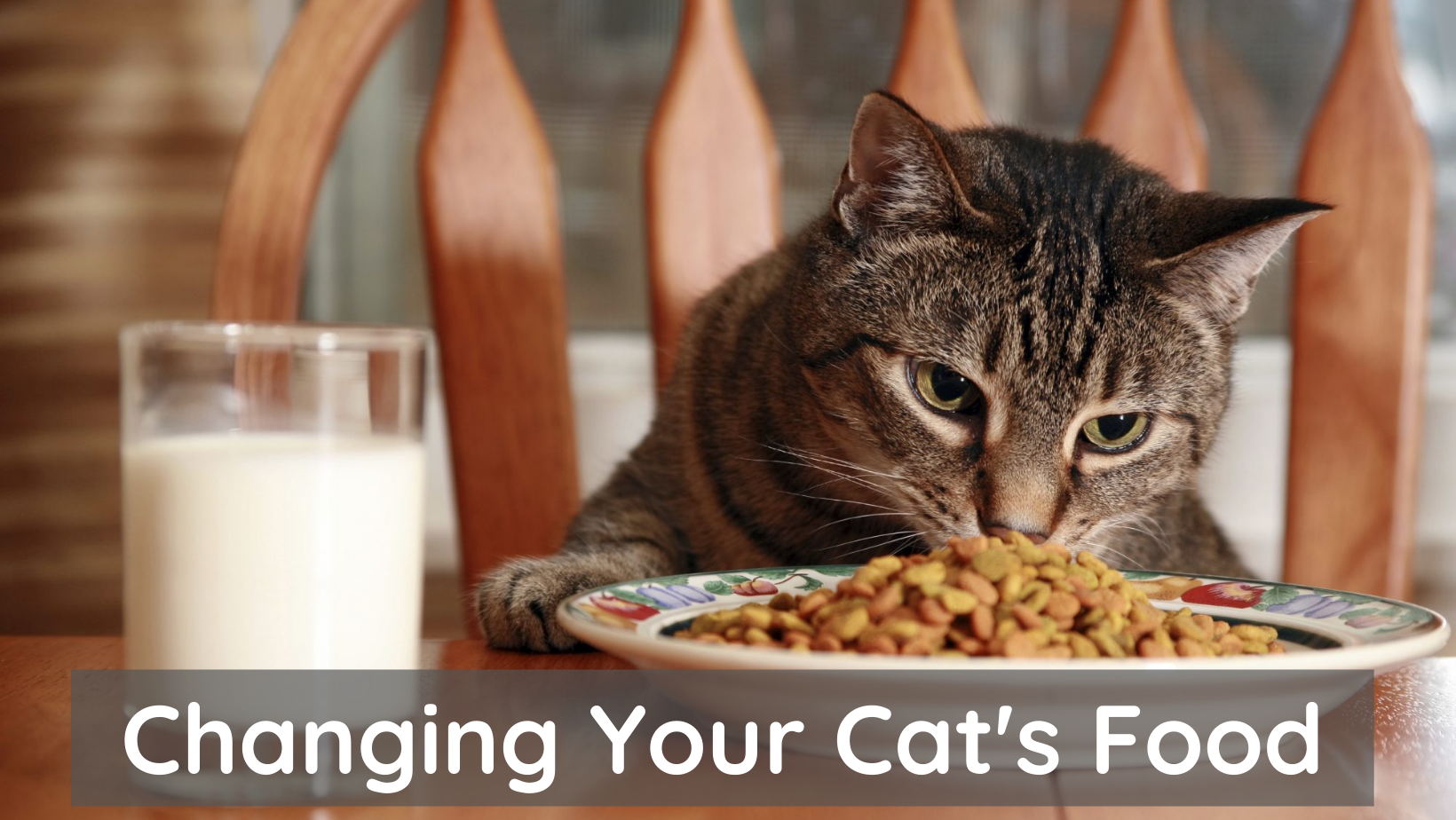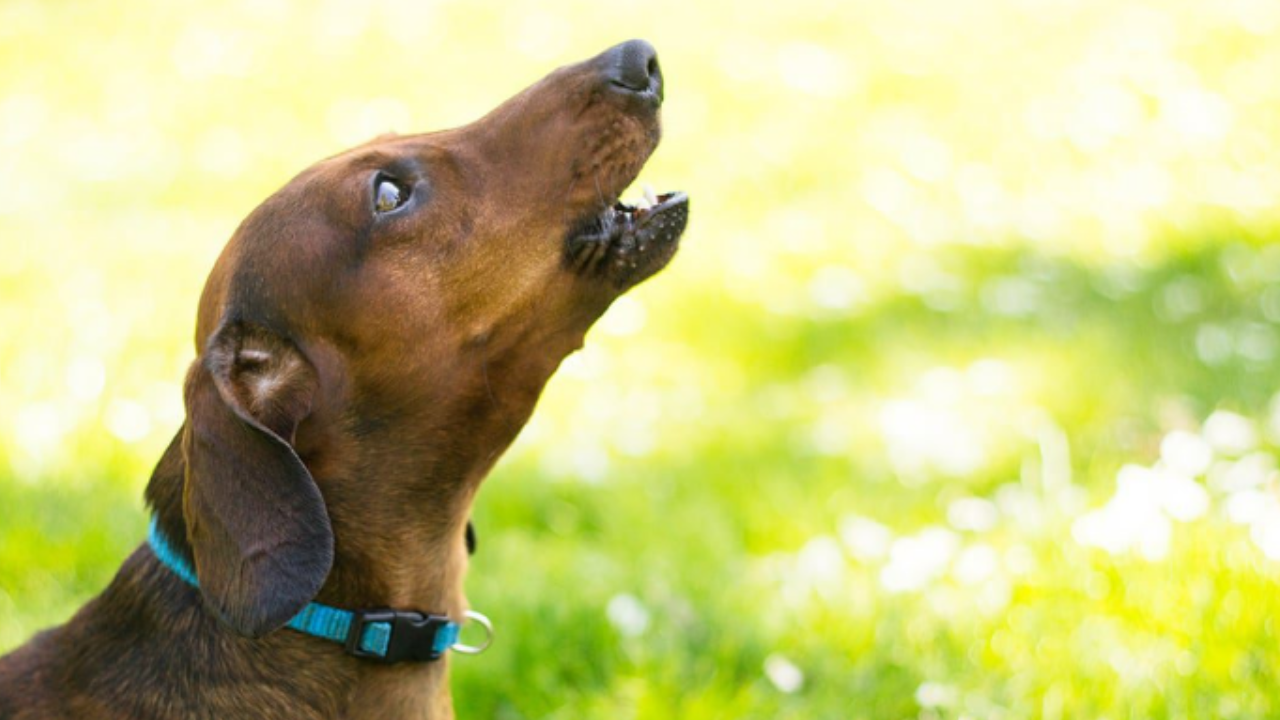Changing Your Cats Food: How to Switch Your Cat’s Food

Changing your cats food might be challenging, but it’s vital. If you’re looking for instructions on how to change cat food, follow these steps to avoid having to deal with the consequences of our finicky felines. In this blof we will discuss how process involve in changing you cat’s food:
Why Should You Change Your Cats Food?
Changing your cat’s food is frequently prompted by health concerns. Your veterinarian may recommend a customised diet to help you fight an infection if you have a specific health problem. If your cat has renal or intestinal illness, you should discuss a special diet with your veterinarian.
Another reason to switch cat feeds is to avoid gaining weight. Consider moving to a healthy cat food brand or switching to wet or dry cat food depending on your cat’s needs if your cat is overweight.
Choosing the Most Suitable Cat Food
Before you buy a new cat food, look over the ingredients to be sure it’s suitable for your cat. To begin, search for an AAFCO label to ensure that the food has enough protein, vitamins, fats, and minerals to be considered a complete meal.
When looking for new cuisine, be sure to look at the energy value as well. It’s also important to keep track of how much cat food is consumed every dish.
Before you choose a new type of food for your cat, talk to your veterinarian about his or her nutritional requirements to ensure you get the proper food.
Changing your cats Food
It’s critical that you don’t swap cat food too frequently. If you alter your cat’s diet too quickly, he’ll develop an upset stomach.
To begin, just add 25% of your cat’s new food serving to her meals. If she agrees, increase the amount by 50% over the next few days. If your cat accepts the change, gradually increase the proportion of new food. You should be able to switch diets completely in approximately two weeks if both foods are being consumed and your cat’s stomach is not irritated.
If you find your cat is just eating the old food, try waiting longer (but not too long – less than a day) between meals to make her hungry. She’ll be more inclined to consume anything put in front of her this way. Make sure your cat is receiving enough food every day, though.
To acclimatise your cat to wet food, employ a same, gradual approach. If your cat accepts the diet, gradually increase the amount of wet food over two weeks. If not, make the necessary adjustments.
Appetite stimulants are provided at vet clinics as a last option to get your cat to consume the new diet. This is a more drastic method of altering meals, but it may be essential if the stepwise plan fails.
When switching diets, always consult your veterinarian.





